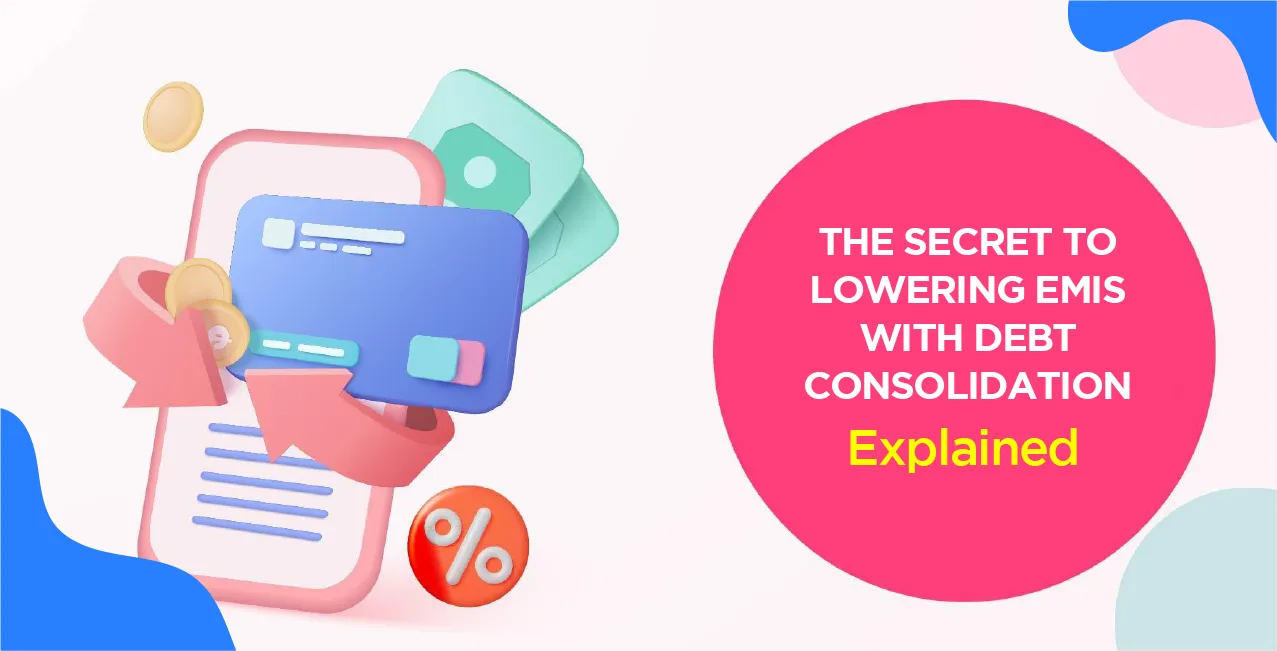Key Takeaways:
- A ledger balance is the confirmed amount in your account after all settled credits and debits are processed at the end of the day.
- Unlike the available balance, the ledger balance does not include pending transactions like UPI, card swipes, or unprocessed auto-debits.
- Available balance updates live and includes both cleared and pending amounts, but it may show more money than you actually have.
- Always check your ledger balance before making large payments or calculating final account figures, especially in business settings.
- In fintech, ignoring the ledger balance can lead to overdrafts, failed payments, and reporting errors, hurting trust and cash flow.
BONUS: BANKS AND FINANCIAL SYSTEMS USE THE LEDGER BALANCE FOR APPROVALS, AUDITS, AND OFFICIAL STATEMENTS, NOT THE AVAILABLE BALANCE. SO RELYING ONLY ON YOUR APP’S REAL-TIME NUMBER MAY LEAD TO UNEXPECTED SURPRISES.
A ledger balance is the total amount of money in your bank account after the bank has processed all the payments and deposits for the day. It only includes cleared transactions and does not change during the day. This helps people and businesses know their actual confirmed balance.
Let’s take a simple example.
Rajeev Mehta runs a fintech firm in Bengaluru. On Monday, his account shows ₹1,80,000 in the morning.
That day:
- He receives ₹50,000 from a client (cleared by 2 PM)
- He pays ₹30,000 via RTGS
- He makes a UPI payment of ₹8,000 (still pending)
At the end: ₹1,80,000 + ₹50,000 - ₹30,000 = ₹2,00,000 (ledger balance)
The pending UPI reduces his available balance to ₹1,92,000.
Even small mismatches like this can confuse account holders and lead to cash flow mistakes.
In this blog, you’ll learn what a ledger balance is, how it works, how it differs from an available balance, how to calculate it, and why it matters for your financial planning.
How Does Ledger Balance Work?
The ledger balance is the amount of money in your bank account after all cleared transactions. It does not include money from pending transfers like UPI or card holds.
Banks check and update this balance once a day, usually at the end of the day.
Important Points:
- Ledger balance shows only settled (cleared) transactions
- It does not change during the day
- It is used for reports and bank records
What’s Included in Ledger Balance?
The table below shows which transactions are included in the ledger balance and whether they are posted to the account right away:
Only fully processed transactions are part of the ledger balance, while pending ones like UPI or card holds are not included until cleared.
Example: Arjun Verma runs a fintech tool business. His account showed ₹1,20,000 in the morning.
- ₹20,000 was debited by RTGS (cleared)
- ₹15,000 was credited from a client (cleared)
- ₹5,000 UPI was still pending
So, his ledger balance became ₹1,15,000, not ₹1,10,000. The pending UPI ₹5,000 will show only after it clears.
How to Calculate Ledger Balance?
Ledger Balance means how much money is really left in your account after the bank has counted all the money that has come in and gone out. It shows your account balance at the end of the day.
Formula:
Ledger Balance = Opening Balance + Credits - Debits
- Opening Balance = Money in your account at the start of the day
- Credits = Money that came in and is already settled
- Debits = Money that went out and is fully processed
Example of Ledger Balance Calculation
To calculate the ledger balance, follow these simple rules: only include processed credits and debits, and check the balance at the end of the day:
As shown in the table, the ledger balance reflects the confirmed amount in your account after settled credits and debits are counted, not pending ones.
Example: On Friday, Deepika Sharma, CFO at a fintech app, began her day with ₹2,00,000 in the bank. She got a settled credit of ₹40,000, and paid out ₹60,000 in office rent. So her Ledger Balance = ₹1,80,000.
She didn’t count a ₹20,000 auto-debit that was still pending. That amount will be counted the next day, once it's processed.
Ledger Balance vs Available Balance
Both the ledger balance and available balance show the money in your account. But they are not always the same.
- Ledger balance is the amount that was there at the end of the last day. It does not change during the day.
- Available balance is the real-time amount you can use. It includes or removes money that is still processing.
Difference Between Ledger and Available Balance
The table below explains the key differences between a ledger balance and an available balance in your bank account:
While the ledger balance shows confirmed funds at day’s end, the available balance gives a real-time view, including pending transactions, for everyday use.
Example: Mukesh Rawat, who works at a fintech company, was checking his account on a Thursday.
- His ledger balance showed ₹95,000.
- But he had sent a ₹15,000 payout that was still processing.
- So, his available balance was only ₹80,000.
He forgot about the pending payout and made a big payment. His account went into overdraft. He laughed and said, “Risk to Spiderman ko bhi lena padta hai,” as he waited for his bank to call.
Why Ledger Balance Matters in Fintech?
In fintech, money moves fast. But if you only check your available balance and ignore the ledger balance, you might face problems. You could spend more than you have, miss payments, or get wrong reports.
Before We See the Table, Here's Why Ledger Balance Is Important:
- It helps you plan your money better
- Auditors and rules-checking teams use it
- Some automatic payments use it to work
- It can save you from extra bank charges
What Can Go Wrong If You Don’t Check Ledger Balance?
Example: Priya Thakur, co-founder of a fintech startup, saw ₹2,00,000 in her app and paid a vendor. But the ledger balance was only ₹1,50,000. The payment bounced for ₹50,000. She laughed and said, “Galti se mistake ho gaya.”
Conclusion
Your ledger balance is like knowing the real story behind a suspense movie, it brings clarity and avoids surprises. It may not offer live updates like your available balance, but it gives a solid, confirmed picture of your finances. Whether you're a solo entrepreneur or handling big business transactions, always check both balances before making important money decisions.
FAQs
1. Can my ledger balance show more money than I can actually spend?
Yes. The ledger balance only includes cleared transactions, so if pending debits like UPI or card payments haven’t processed yet, the amount shown may be higher than what you can actually use.
2. Why do fintech apps sometimes show a different balance than my bank’s ledger balance?
Fintech apps often show the available balance, which includes both processed and pending transactions. The bank’s ledger balance, however, reflects only confirmed transactions updated at day-end.
3. Can auto-debits fail even if my available balance looks fine?
Yes. Some banks and loan systems use the ledger balance—not the available one—to check if there are enough funds. If your ledger balance is lower, the auto-debit may bounce.
4. How does ledger balance affect loan approvals and credit checks?
Lenders may look at ledger balance trends to assess financial discipline. Frequent mismatches between ledger and available balance may raise red flags in automated checks.
5. Is the ledger balance used for GST, compliance, or business audits?
Yes. For compliance, audit trails, and financial reports, the ledger balance is often considered more reliable as it reflects fully reconciled and cleared amounts.
Other Related Pages | |||





